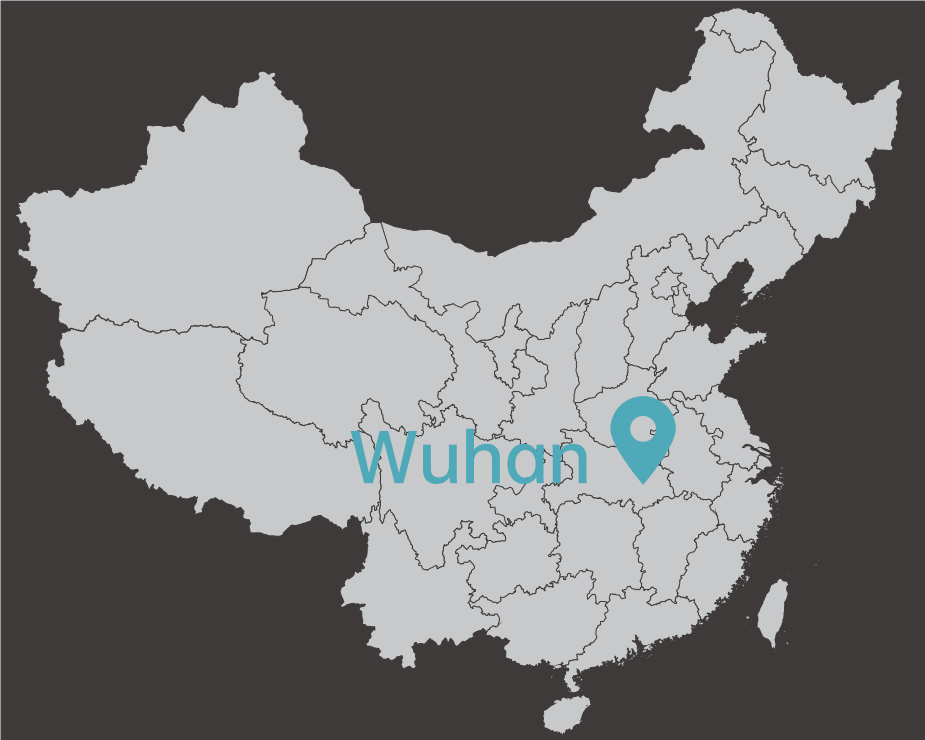Infaunal feedbacks during mass extinctions and their aftermaths
Conveners: Xueqian Feng, Mao Luo, Lijun Zhang, Ruoying Fan
Trace fossils represent biogenic structures preserved in sedimentary rocks and thus are an important component of biosedimentological structures. Trace fossil evidence plays a crucial role in reconstructing ecosystem recovery processes following major mass extinctions because these fossils can provide paleoecologic information that would not be gleaned from the study of body fossils alone. Thus ichnological information has a lot to offer to the reconstruction of the history of life, representing an independent line of evidence that yields valuable insights in evaluate paleobiologic megatrends. The session mainly focuses on infaunal response during mass extinctions or other kinds of extreme environments, emphasizing the biological behaviour and ecological dynamics of infaunal organisms in response to mass extinctions, and their reconstruction patterns during the biotic recovery periods. Such study would also give insights into the modern management of marine ecosystems that are under threat of global environmental change.
This topic is beyond the traditional scope of ichnological studies and has attracted broad interests among palaeontologists, ecologists and sedimentologists.


